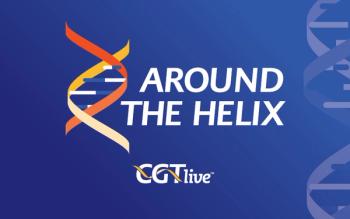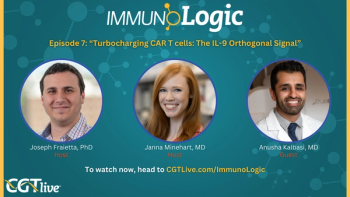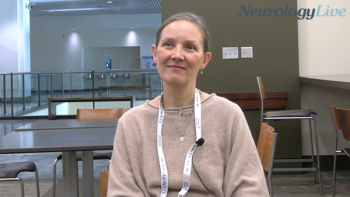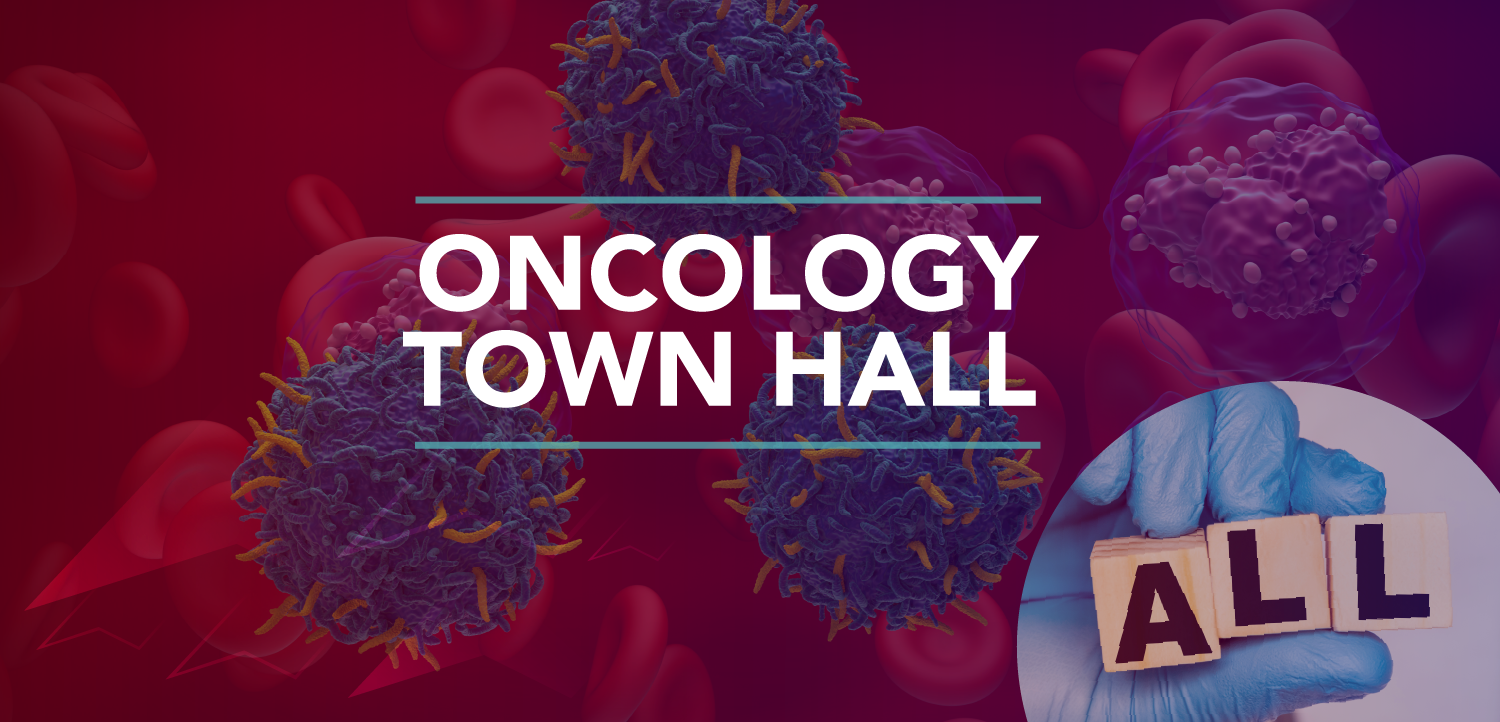
The Evolving Landscape of Gene and Cell Therapies in Parkinson Disease: Pipeline Highlights
Emerging gene and cell therapies aim to slow Parkinson disease progression. Explore clinical updates on seven promising candidates in development.
A version of this article originally appeared on our sister site, NeurologyLive.
Cell and gene therapies are rapidly transforming the treatment paradigm for Parkinson disease (PD), with several investigational agents targeting underlying disease mechanisms such as lysosomal dysfunction, α-synuclein pathology, and dopaminergic neuronal degeneration. These innovative strategies span a range of modalities—from viral vector-based gene therapies to stem cell transplants and immunotherapies—with the potential to not just treat symptoms but also slow or halt disease progression.
This feature explores just some of the ongoing development landscape, touching on 7 promising therapeutic candidates that reflect the breadth and momentum of innovation in the field.
BIIB122 (Denali Therapeutics) – Early-Stage PD
BIIB122 is a small-molecule inhibitor of leucine-rich repeat kinase 2 (LRRK2), a protein implicated in both familial and sporadic forms of PD. It is currently being evaluated in the phase 2b LUMA trial (NCT05348785), a multicenter, double-blind, placebo-controlled study enrolling patients aged 30 to 80 years with early-stage PD.1 The trial includes individuals with and without LRRK2 mutations and will evaluate whether daily oral dosing of BIIB122 (225 mg) can delay symptom progression.
The study will assess changes in Movement Disorder Society-Unified Parkinson’s Disease Rating Scale (MDS-UPDRS) Parts 2 and 3, treatment-emergent adverse events, and time to confirmed functional decline measured by the Schwab and England Activities of Daily Living Scale. Prior early-phase studies reported that BIIB122 was well tolerated and capable of reducing biomarkers of LRRK2 activity and lysosomal pathway engagement.2 These findings support its continued development as a disease-modifying therapy.
AB-1005 (AskBio) – Idiopathic PD
AB-1005 is a gene therapy candidate delivered via an adeno-associated virus serotype 2 (AAV2) vector encoding glial cell line-derived neurotrophic factor (GDNF), a protein that supports the survival and function of dopaminergic neurons. AskBio is currently evaluating the therapy in the phase 2 REGENERATE-PD study (NCT06285643), a randomized, double-blind, sham-controlled trial enrolling 87 patients with moderate-stage PD across the United States, Germany, Poland, and the United Kingdom.3
Previously, AB-1005 showed promise in a phase 1b study involving 11 patients with mild or moderate PD. The treatment was associated with improved ON and OFF times, as well as a putamen coverage of 63% (±2%), exceeding the prespecified target of 50%. No serious adverse events were observed.4 At the 36-month follow-up, participants in the moderate PD cohort maintained or improved their motor function on MDS-UPDRS and required less levodopa. Meanwhile, most patients in the mild PD cohort experienced stable clinical outcomes.
READ MORE:
UB-312 (Vaxxinity) – Synucleinopathies
UB-312 is an active immunotherapy developed to induce antibody production against aggregated forms of α-synuclein—a pathological hallmark of PD and related disorders. The vaccine is designed to target toxic oligomeric and fibrillar species while sparing normal monomeric α-synuclein.
In a phase 1 clinical trial, 20 patients with early PD were randomized to receive either placebo or 1 of 2 UB-312 dosing regimens for a 44-week evaluation period.5 The therapy was well tolerated, with no serious adverse events reported. Common adverse effects included headache, injection site pain, and fatigue. Patients with detectable cerebrospinal fluid antibody titers experienced significant improvements from baseline in MDS-UPDRS Part II scores, suggesting that immune engagement may translate into clinical benefit.
Exploratory immunogenicity analyses further demonstrated strong binding affinity for aggregated alpha-synuclein and minimal interaction with monomeric forms. These findings support the advancement of UB-312 into further trials.
PR001 (Prevail Therapeutics/Eli Lilly) – PD with GBA1 Mutations
PR001 (LY3884961) is a gene therapy delivered via AAV9 vector designed for patients with PD who carry mutations in the GBA1 gene, which disrupts glucocerebrosidase activity and lysosomal function.6,7 The agent is currently under investigation in the PROPEL phase 1/2 study (NCT04127578), a single-dose open-label trial evaluating both low- and high-dose regimens alongside immunosuppressive therapy.
The trial is enrolling 20 patients and will follow participants for up to 5 years to monitor safety, immunogenicity, and biomarker changes. Measures include levels of glucocerebrosidase, glycolipid metabolism markers, alpha-synuclein, and neurofilament light chain, among others. In 2020, the study was temporarily halted after a serious adverse event, prompting protocol modifications that included the removal of the sham-control arm and the addition of immunosuppressive agents such as prednisone and sirolimus.
READ MORE:
Bemdaneprocel (BlueRock Therapeutics) – Idiopathic PD
Bemdaneprocel (BRT-DA01) is a cell therapy composed of dopaminergic neuron precursors derived from pluripotent stem cells. These cells are surgically implanted into the post-commissural putamen with the aim of reestablishing disrupted neural networks. The therapy is currently progressing toward phase 3 evaluation.
In the phase 1 exPDite trial, 12 patients received one of two doses of the therapy along with a year-long immunosuppressive regimen.8 In the high-dose group, patients achieved a mean reduction of 21.9 points on the MDS-UPDRS Part III motor score, compared with an 8.3-point reduction in the low-dose group. Participants also reported functional improvements, with MDS-UPDRS Part II scores showing smaller but consistent gains.
A larger, randomized, sham-controlled phase 3 study (exPDite-2; NCT06944522) is scheduled to launch in 2025. It will enroll 102 patients with moderate PD and evaluate the change in ON time without troublesome dyskinesia over a 78-week period as its primary end point.
AAV-GAD (MeiraGTx) – Idiopathic PD
AAV-GAD is an investigational gene therapy designed to increase gamma-aminobutyric acid (GABA) production in the subthalamic nucleus by delivering a glutamic acid decarboxylase (GAD) gene via AAV. It is administered through a one-time, minimally invasive infusion using MeiraGTx’s proprietary surgical platform.
In the MGT-GAD-025 trial (NCT05603312), 14 patients with idiopathic PD were randomized to receive either a low dose, a high dose, or a sham procedure. Over the 26-week study period, participants in the high-dose group showed an 18-point average improvement from baseline in MDS-UPDRS Part 3 OFF scores, a statistically significant result.9 No serious adverse events were observed.
MeiraGTx has initiated a long-term follow-up study (NCT05894343) to monitor the durability of treatment effects for up to 5 years. The company has indicated that AAV-GAD is phase 3 ready.
REFERENCES
1. Denali Therapeutics and Biogen announce initiation of phase 2b study of LRRK2 inhibitor in Parkinson disease. News release. Biogen. May 31, 2022. Accessed April 29, 2025. https://investors.biogen.com/news-releases/news-release-details/denali-therapeutics-and-biogen-announce-initiation-phase-2b
2. Jennings D, Huntwork-Rodriguez S, Vissers MFJM, et al. LRRK2 Inhibition by BIIB122 in Healthy Participants and Patients with Parkinson's Disease. Mov Disord. 2023;38(3):386-398. doi:10.1002/mds.29297
3. AskBio presents 18-month phase 1b trial results of AB-1005 gene therapy for patients with Parkinson disease. News release. AskBio. April 16, 2024. Accessed April 29, 2025. https://www.globenewswire.com/news-release/2024/04/16/2863581/0/en/AskBio-presents-18-month-Phase-Ib-trial-results-of-AB-1005-gene-therapy-for-patients-with-Parkinson-s-disease.html
4. First participants randomized in AskBio Phase II gene therapy trial for Parkinson’s disease. News release. AskBio. January 14, 2025. Accessed April 29, 2025. https://www.bayer.com/en/us/news-stories/phase-ii-gene-therapy-trial-for-parkinsons-disease
5. Eijsvogel P, Misra P, Concha-Marambio L, et al. Target engagement and immunogenicity of an active immunotherapeutic targeting pathological a-synuclein: a phase 1 placebo-controlled trial. Nature. Published online June 20, 2024. doi:10.1038/s41591-024-03101-8
6. Phase 1/ 2a Clinical Trial of PR001 (LY3884961) in Patients With Parkinson's Disease With at Least One GBA1 Mutation (PROPEL). Clinicaltrials.gov. Website. Accessed April 29, 2025. https://www.clinicaltrials.gov/study/NCT04127578
7. LY3884961. Alzforum. Updated February 3, 2023. Accessed April 29, 2025. https://www.alzforum.org/therapeutics/ly3884961
8. BlueRock Therapeutics’ investigational cell therapy bemdaneprocel for Parkinson’s disease shows positive data at 24-months. News release. BlueRock Therapeutics. September 27, 2024. Accessed April 29, 2025. https://www.bayer.com/media/en-us/bluerock-therapeutics-investigational-cell-therapy-bemdaneprocel-for-parkinsons-disease-shows-positive-data-at-24-months/
9. MeiraGTx Announces Positive Data from Randomized, Sham-controlled Clinical Bridging Study of AAV-GAD for the Treatment of Parkinson’s Disease. News Release. MeiraGTx. Published October 15, 2024. Accessed April 29, 2025. https://investors.meiragtx.com/news-releases/news-release-details/meiragtx-announces-positive-data-randomized-sham-controlled
Newsletter
Stay at the forefront of cutting-edge science with CGT—your direct line to expert insights, breakthrough data, and real-time coverage of the latest advancements in cell and gene therapy.












































